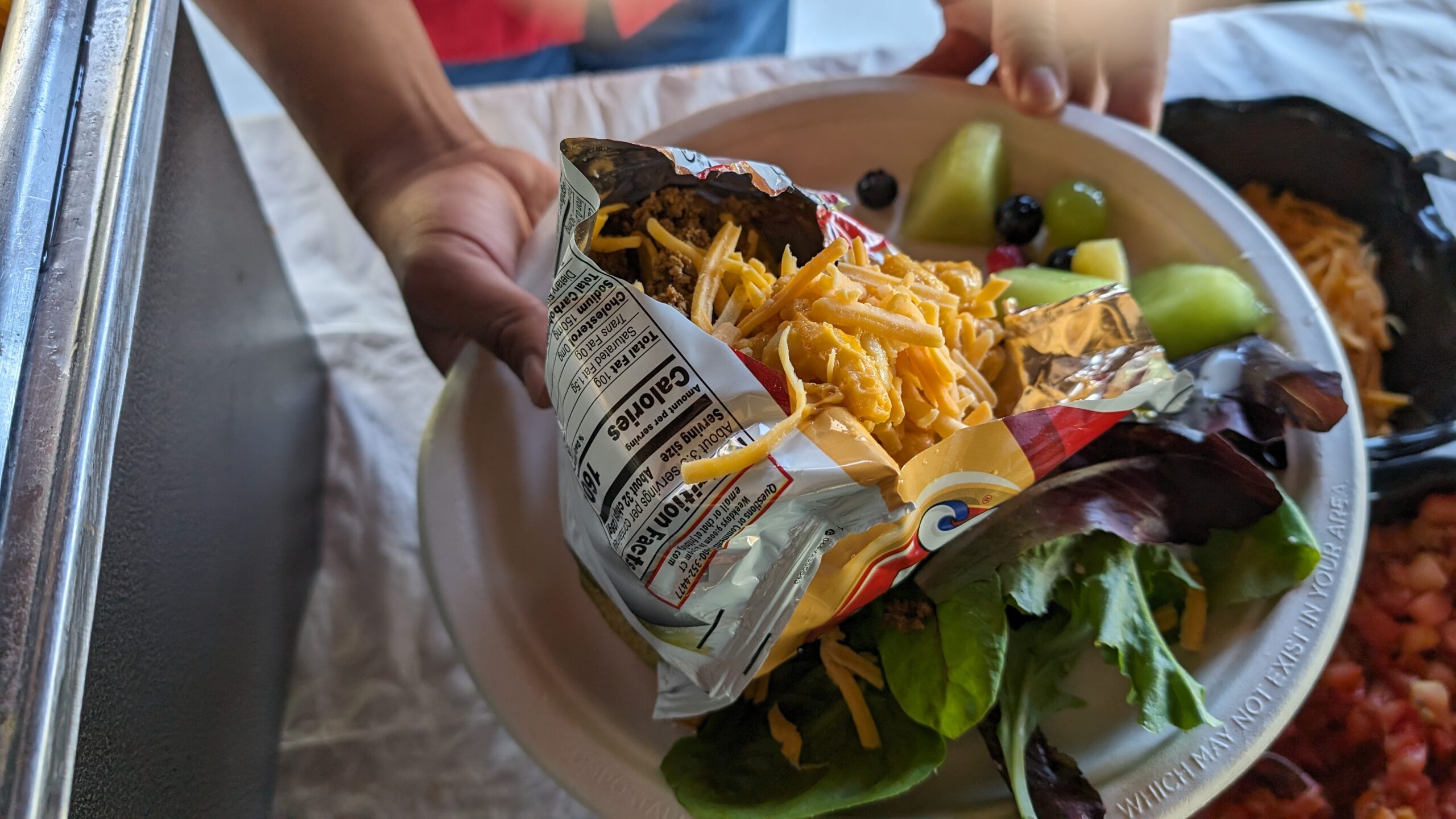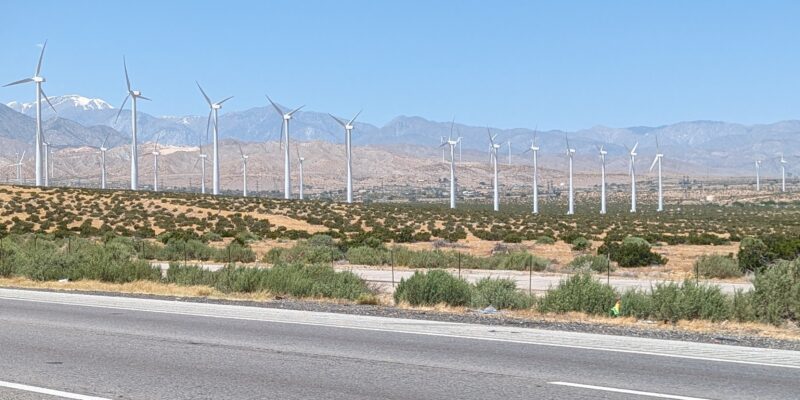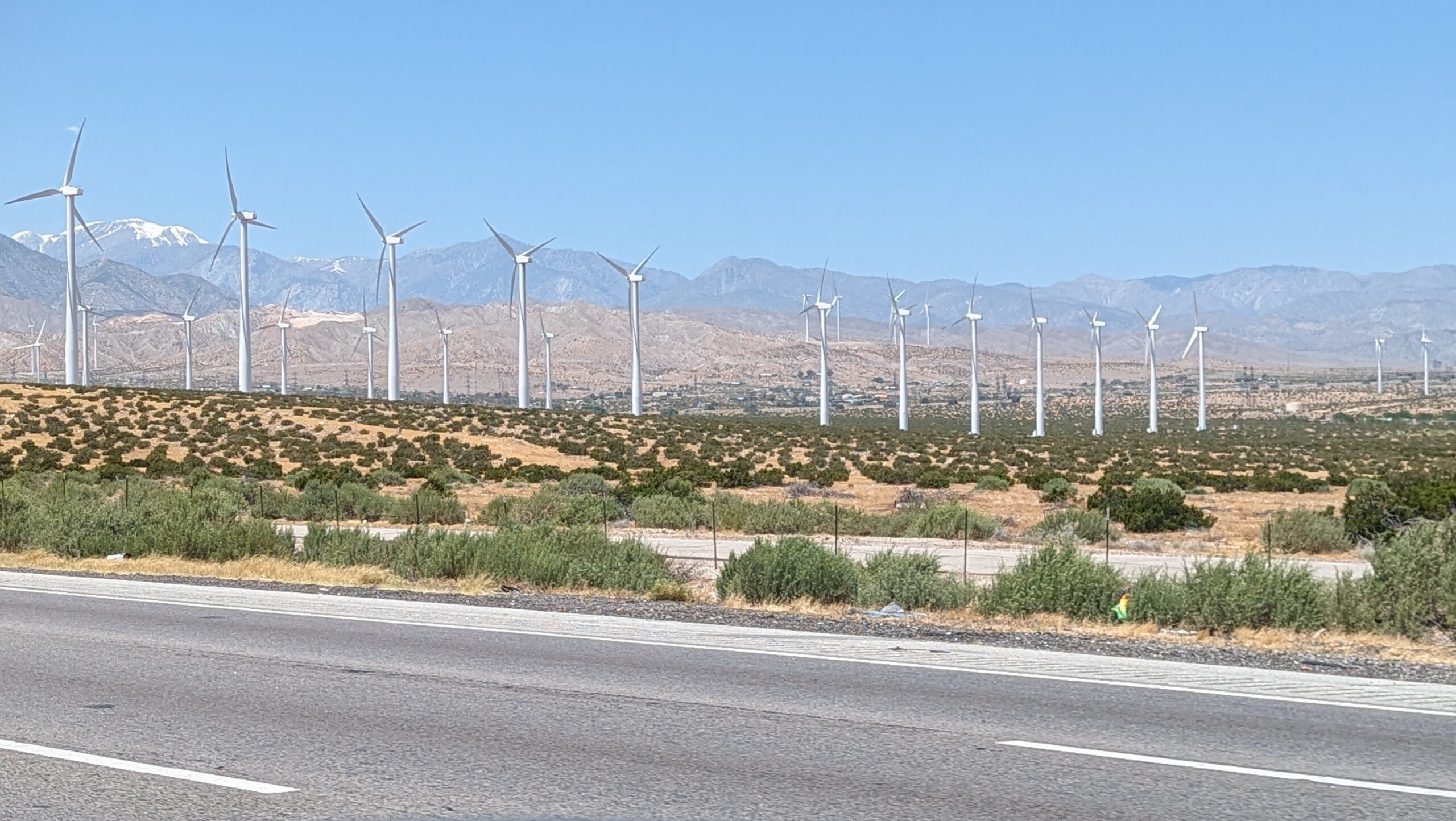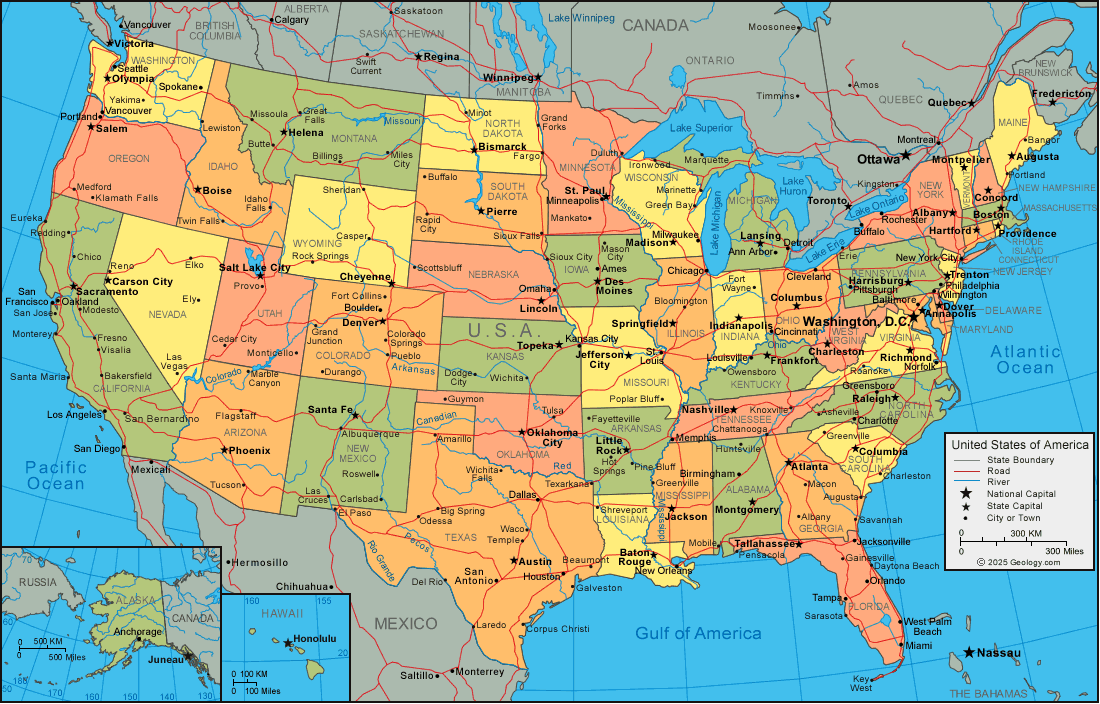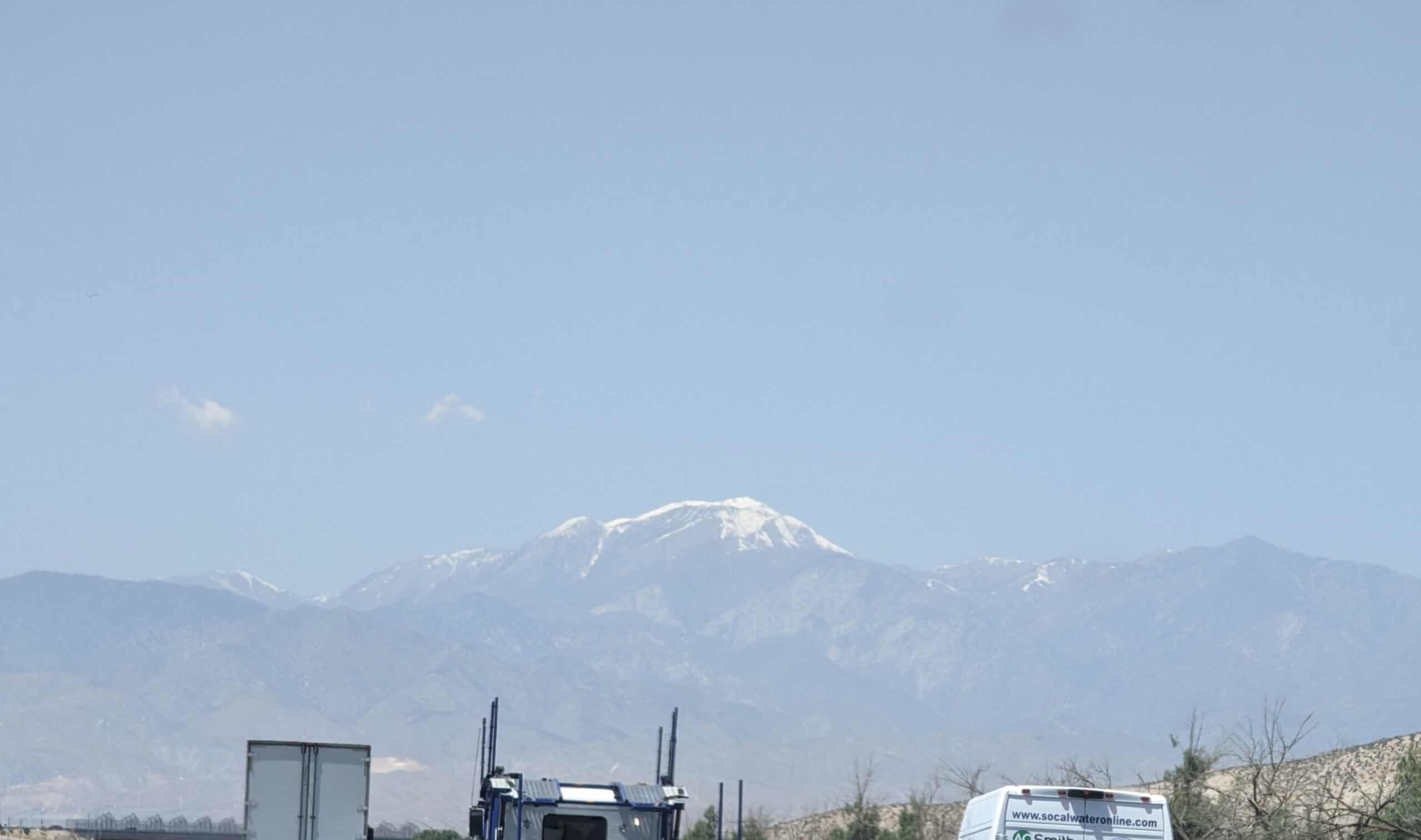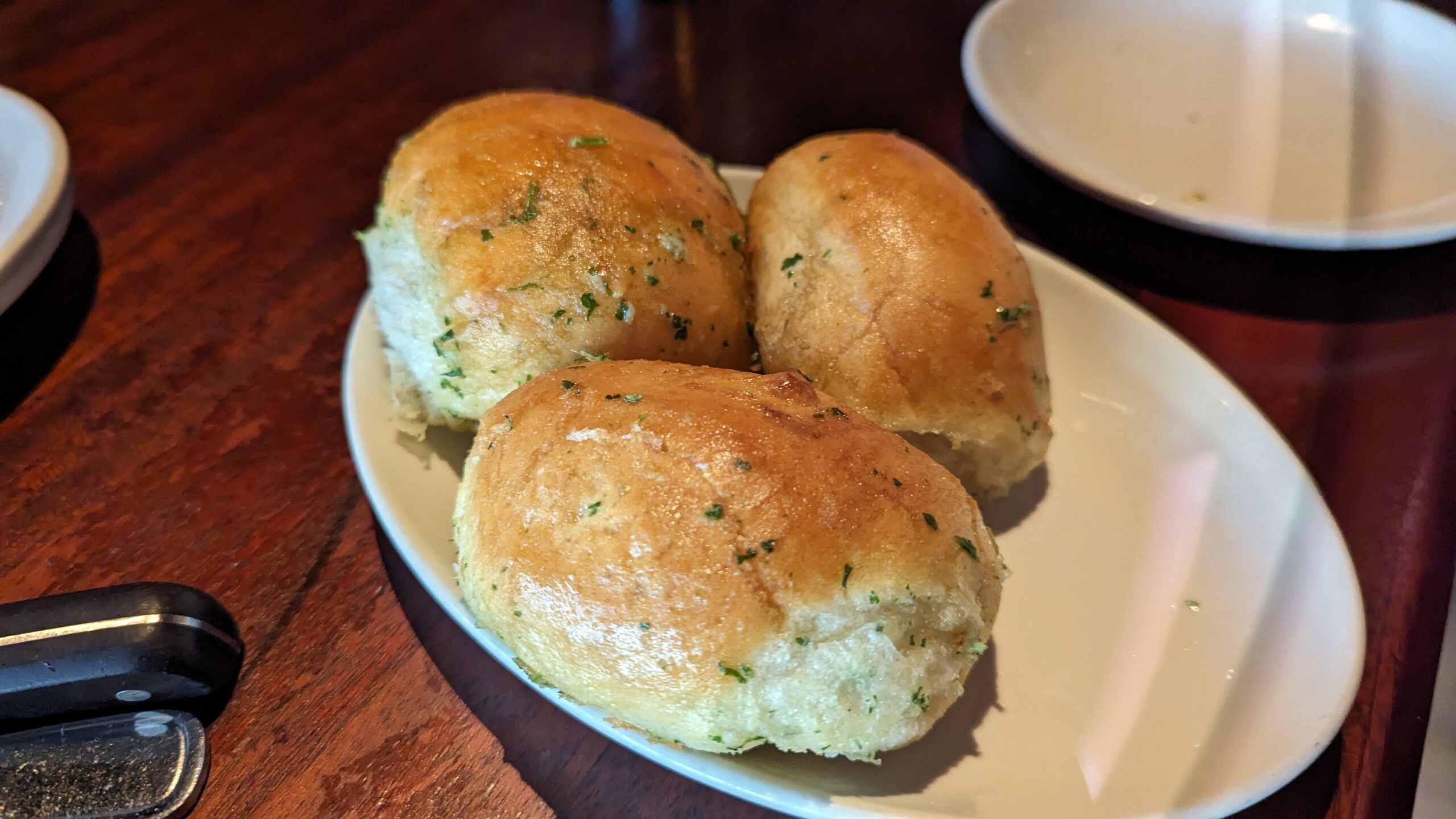 |
| Tom’s plate with Blue Fin tuna made with a tomato, lemongrass sauce, spicy vegetables with a side of coleslaw. |
“Bali Sightings on the Beach”
 |
| Each day when the tide comes in before noon, the sea is as close as 10 meters to the edge of our pool. When it recedes, it leaves behind ocean refuse and trash. Each day but Sunday our pool and landscape guy, Ribud, cleans the beach in front of the house. Yesterday, (Sunday), we captured these three dogs playing after the tide had gone back out, leaving a muddy play area for dogs. |
 |
| My plate with fish and veggies. |
 |
| The daily stir fried veggie platter laden with Balinese spices, is a dish we both love. |
In a way, the heat, humidity and ants have made cooking less interesting for me over these past years of living on several tropical islands where these three factors are always to be expected. Add the difficulty of finding some ingredients we use in cooking “our way,” it makes the process even less appealing.
 |
| Each day, the Ketuts present us with this itemized list of the cost of the ingredients to make the meal(s). The “petrol” at the bottom of the list is the daily cost of fuel for their motorbikes, IDR 10,000, US $.75. For two meals for both Saturday and Sunday the total cost was IRD 185,000, US $13.87 Unreal, eh? |
 |
| Dinner menu, Page 1. |
 |
| Dinner menu, Page 2. |
 |
| Dinner menu, Page 3. |
 |
| Dinner menu, Page 4. |
 |
| Dinner menu, Page 5. |
 |
| Dinner menu, Page 6. |
 |
| Dinner menu, Page 7. |
 |
| Dessert menu, Page 1. |
 |
| Dessert menu, Page 2. |
 |
| Dessert menu, Page 3. |
 |
| View of the drive to the Kilauea Lighthouse in Kauai when it was closed on a Sunday. For more photos of this popular historic location, please click here. |































